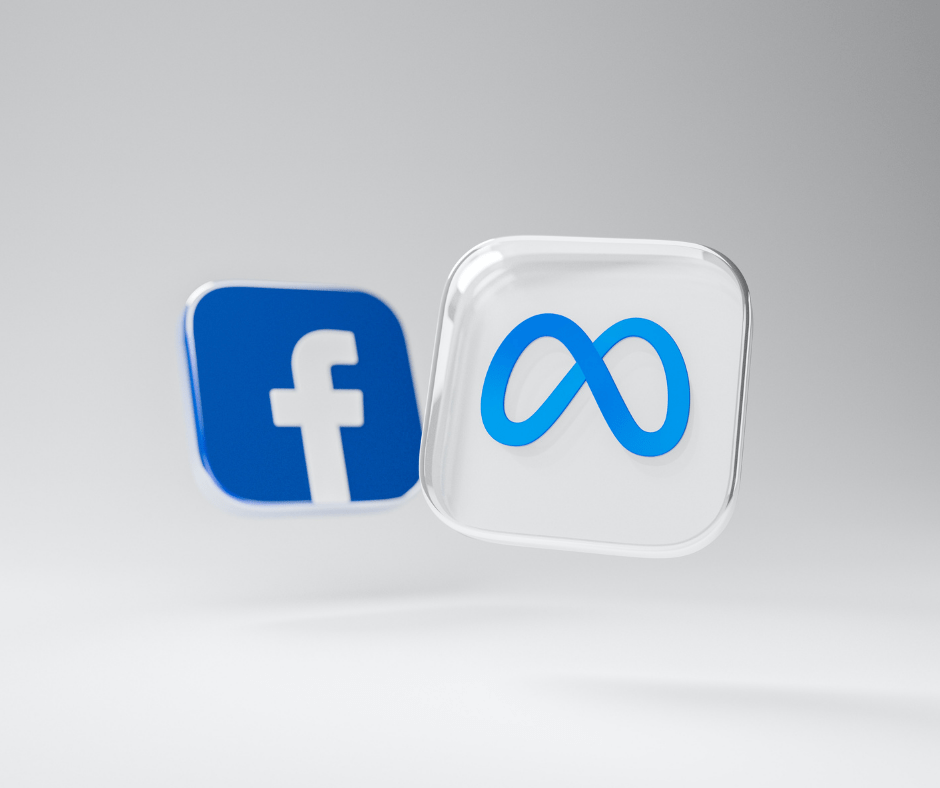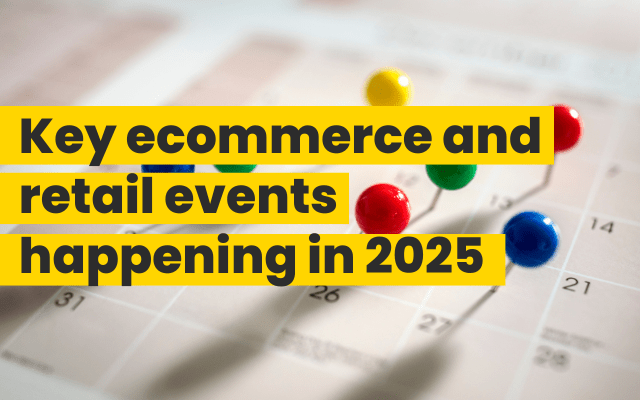Are you a digital marketer struggling to set up your Facebook tracking with the latest version of Google Analytics (GA)? This update, alongside the iOS14 update, has left marketers and business owners scrambling to figure out how it will affect their current (and future) marketing and data efforts. We give you a brief overview of the drawbacks, and how to set up Facebook tracking in GA4.
What’s happened with Meta and GA?
Prior to the GA4 launch, a common issue faced by many marketers is configuring Facebook tracking for GA. Luckily, Meta has provided a tool to make this once strenuous task easier than ever.
URL Dynamic parameters allow Meta to easily track paid social performance with minimum set-up to report back to both Meta ads and Google Analytics.
This means you can use the same tracking for all your ads, and Meta will populate all the tracking information for you. This now enables you to see how much traffic is being driven to your site and how successful it is.
What parameters can Meta track?
- ad_id={{ad.id}}
- adset_id={{adset.id}}
- campaign_id={{campaign.id}}
- ad_name={{ad.name}}
- adset_name={{adset.name}}
- campaign_name={{campaign.name}}
- placement={{placement}}
Possible outputs are :
- Facebook_Desktop_Feed
- Facebook_Mobile_Feed
- Facebook_Right_Column
- Messenger_Home
- Instagram_Feed
- Instagram_Stories
- site_source_name={{site_source_name}}
Possible outputs are :- fb
- ig
- msg
- an
These parameters can be used in any combination, but an example of usage follows. If you want to track campaign name and placement you would input the following parameters.
What should Source and Medium tags be?
There are several variations of what this should be. However, now GA4 is launched, and more marketers are starting to use it, there is a clear standard that is required so that all of this traffic gets defined as Paid Social as a Channel in GA4.
For Source, there are a number of options:
- Define everything as Facebook.
- If your campaigns are split out into Facebook and Instagram, you can then define them as one or the other.
- {{site_source_name}} – this dynamicly defined is as fb or ig.
However, we wouldn’t recommend for these reasons:
- When matching GA to Facebook, you will need to sum up the traffic and conversions from GA.
- You will also get outputs like msg and an – this defined as a source in GA4 will not be mapped to the Channel Paid Social,
For Medium, GA4 recommends matching the regex of ^(.*cp.*|ppc|paid.*)$
We recommend keeping it simple and defining the Medium as just cpc, so that this matches to traffic that is defined in paid search. There are other options that you can use like paidsoical or paid.
site_source_name and placement, should this be used?
Under the right circumstances, it can be used within the tracking. If you have full control over the GA tracking and can make changes to GTM (Google Tag Manager), there is no reason why you can’t add additional query sting parameters to the GA UTM tracking.
From this, you can then create a variable in GTM to capture this information and then refer back as a custom dimension in GA. Doing this you would capture additional information to analyse what is working and what isn’t. However, you may need some technical know-how to do this and it will become a bespoke setup, which would take time to setup over multiple sites.
Draw backs of Facebook tracking in GA4
A considerable drawback is that if a campaign, adset or ad changes name, the dynamic tracking will not update and will track this activity with the first name each of these are set to.
The solution to this, in the campaign context for example, is to make a new campaign rather than changing the campaign name within an existing campaign. As an alternative to updating the campaign ‘summer sale 2021’ to ‘summer sale 2022’, make a separate campaign to avoid tracking issues. One way to get round this is to use the campaign id, adset id and ad id. However, this then creates the problem that you need to map the ids back to the names so you know which ad is which.
For more best practice advice and guidance on how to set up your tracking correctly in all channels, not just Facebook, get in touch with the BOSCO™ team by sending us an email to team@askbosco.io
If you’d like to save tonnes of time and have a clear view of digital marketing performance, book a 15-minute demo.




